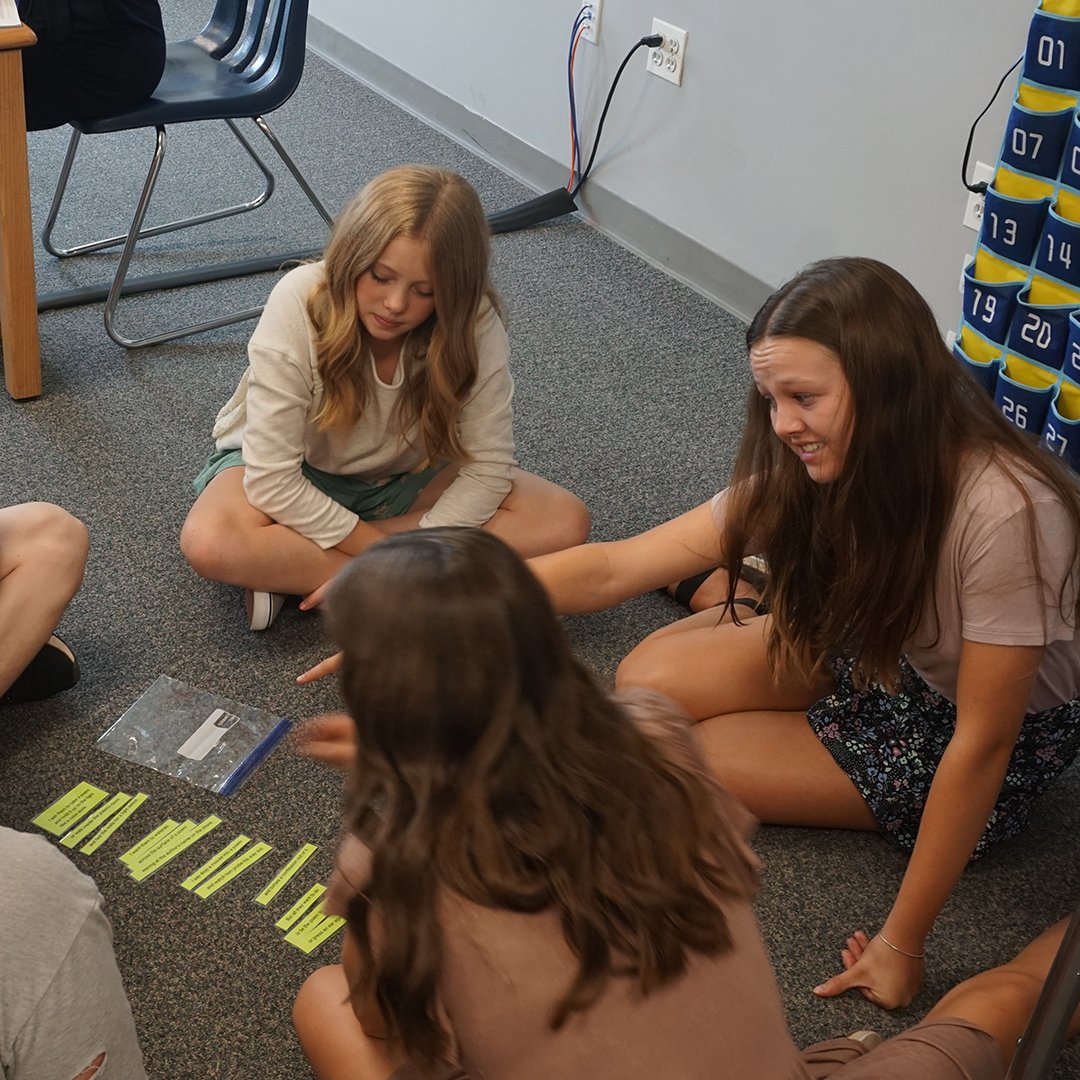3 years of Spanish and all I got was 'Donde esta el bano'
LuHi Spanish Teacher Matthew Zoeller talks about why Comprehensible Input (CI) has been such a successful method of teaching world language at LuHi.
BY Matthew Zoeller
I remember my daughter’s first sentence: “Dad, come in here and bring your guitar so we can sing lullabies before bed.” Except, the way she said it was more like, “Dada, come here, heeta (guitar)”. That was years ago. She’s 10 now and one of the top spellers in her school. If she said something like that to me now it would be unnatural and I would have to put my “language teacher” hat on. But at the time, I grabbed my guitar and sang lullabies.
Anyone who has ever spent time around a small child has had a similar experience. Parents don’t correct their kids, they communicate with them, and over time kids somehow, without a language class, start using correct grammar and syntax.
Why then, do so many people have memories of high school language teachers forcing them to memorize conjugation charts and long lists? If literally all of us have already mastered one language without these charts and fill-in-the blank textbooks, why change what has already worked? Or, why reinvent the wheel with a square-shaped wheel?
These questions have been asked and answered by many foreign language teachers in the past few decades who at some point decided to adopt the method of TPRS (teaching proficiency through Reading and Storytelling), which was later renamed Comprehensible Input.
The method is so good that all 6 of LuHi’s current language teachers adopted it without looking back, leaving behind the traditional memorization method.
What’s the difference? Let me give you another example using toddlers. Have you ever noticed how the first words toddlers learn are animal noises? A proud mother says, “What does the say?” and the child knows to say the correct animal noise. If you think about it, learning animal noises is not a useful survival skill in any real world setting.
If a kid is capable of only knowing 3 words, wouldn’t “yes”, “no”, and “help” be more useful than “bok bok”, “moo”, and “woof”? However, a kid understanding the words within the question is incredibly valuable to language learning. “What does”, and “say” are very common phrases in English. The use of the word “do” (or ‘does’) as an auxiliary verb is one of the hardest concepts for foreigners to grasp (think how you would it explain it), but a toddler can comprehend it, and after so many times of hearing it correctly he will then produce it correctly. It’s one of those things that is mysterious and maybe even miraculous but we’re so used to it we stop noticing.
With CI teaching, we create conversations and activities where these grammatical structures are used so frequently, a student has no choice but to comprehend and acquire them; and they DO. DID you learn foreign language like this? You probably DID NOT, which is why you DO NOT still speak any of it, DO you? Or, DO you?
The hard part for the teacher is being creative in exposing students to the same words and structures over and over without them catching on. The teacher is a craftsman, on his/her toes by day then searching his/her favorite resources and teacher blogs by night.
Language teachers at LuHi have learned to enjoy the adolescent sensibility with their higher intellect and more mature sense of humor. High school students are not toddlers, but the overriding principle still applies: when communication happens, learning happens.
Originally published in 2018, updated for accuracy in 2024.




